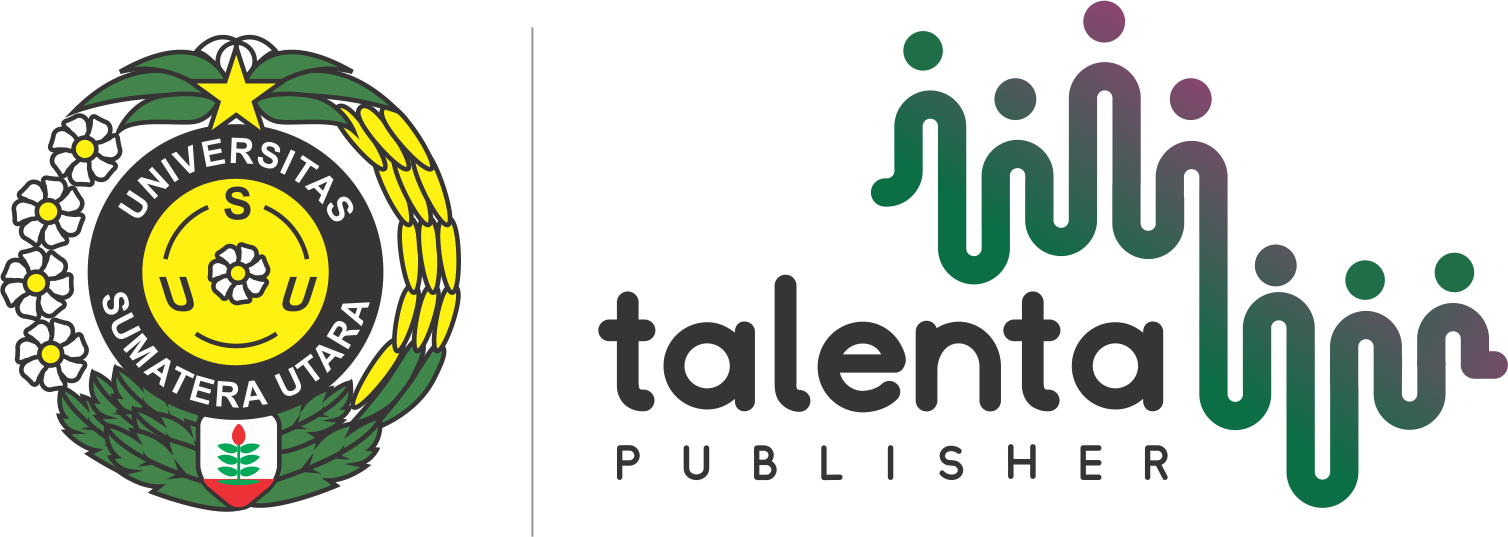Publisher:
Data Science: Journal of Computing and Applied Informatics (JoCAI), in formulating its publishing policy on Generative Artificial Intelligence (Generative AI) and related technologies, refers to the principles of publication ethics as outlined in the Guidelines for Authors, Reviewers, and Editors on Publication Ethics developed through the Publishing Ethics Resource Kit (PERK).
Generative AI is defined as artificial intelligence technology capable of producing various forms of content, including text, images, audio, and synthetic data. Examples include ChatGPT, NovelAI, Jasper AI, Rytr AI, DALL-E, among others [Elsevier]
This policy applies specifically to the writing process and not to the use of AI in analyzing or interpreting research data.
Generative AI and AI-assisted technologies may only be used to enhance readability and improve the linguistic quality of manuscripts. Such use must be conducted under human oversight, with thorough review and editing by the authors. This is essential since AI systems may generate authoritative-sounding text that could nevertheless be inaccurate, incomplete, or biased. The authors remain fully responsible for the scholarly content of their work.
Any use of AI in the writing process must be explicitly disclosed in the manuscript, and such a statement will be included in the published version. Transparency in this matter fosters trust between authors, readers, editors, reviewers, and all academic stakeholders.
AI tools must not be listed as authors or cited as creators, since authorship entails academic and ethical responsibilities that can only be fulfilled by human beings.
JoCAI does not permit the use of Generative AI or AI-assisted technologies to create or manipulate images, figures, or illustrations in scholarly manuscripts, except where AI is integral to the research design or methods employed (e.g., AI-assisted imaging in certain fields).
Minor technical adjustments such as brightness, contrast, or color balance are acceptable provided they do not obscure or eliminate original information. Authors may be required to submit pre-AI versions of images for editorial assessment.
The use of AI in producing graphical abstracts or artistic illustrations is prohibited. However, AI-generated cover art may be considered if prior approval is obtained from the editor and publisher, and if appropriate copyright clearance and content attribution are ensured.
Manuscripts submitted for review are confidential documents. Reviewers must not upload manuscripts, in whole or in part, into Generative AI applications, as this may compromise confidentiality, intellectual property rights, or data privacy.
The same prohibition applies to peer review reports, which must not be processed by AI tools, even for language refinement purposes. Peer review is central to the scientific ecosystem and requires critical thinking and independent judgment that cannot be delegated to AI. Reviewers remain solely accountable for the content of their reports.
All submitted manuscripts must be treated as confidential documents. Editors must not upload manuscripts or editorial communications (including decision letters) into Generative AI applications.
Manuscript evaluation, editorial decision-making, and communication with authors must be performed exclusively by humans. The use of AI in these processes is prohibited, as it poses risks of inaccurate, incomplete, or biased assessments. Editors are fully responsible for the integrity of the editorial process, the final decision, and the official communication with authors.
JoCAI may adopt in-house or licensed AI technologies that align with ethical principles, ensure confidentiality, and comply with data protection regulations. Such technologies are applied solely for supportive purposes (e.g., plagiarism detection, manuscript checks, reviewer recommendations) and are not intended to replace human judgment in academic evaluation.
Supported By:
Visitor Statistics in detailed:
Data Science: Journal of Computing and Applied Informatics (JoCAI)
Faculty of Computer Science and Information Technology
Universitas Sumatera Utara
Building E, 1st Floor
Jalan Universitas No. 9A, Kampus USU Padang Bulan
Medan 20155, Sumatera Utara - Indonesia
Phone : 061-8228048
Fax : 061-8228048
Email : jocai@usu.ac.id

This work is licensed under a Creative Commons Attribution-ShareAlike 4.0 International License.